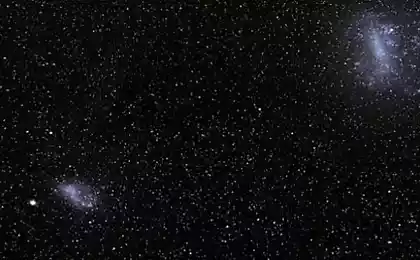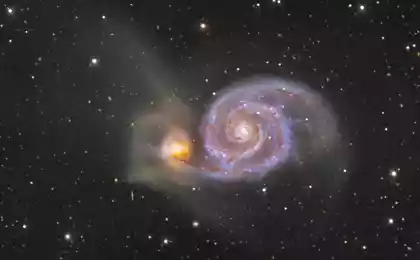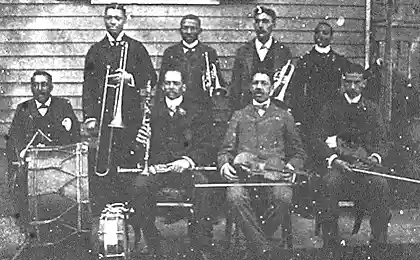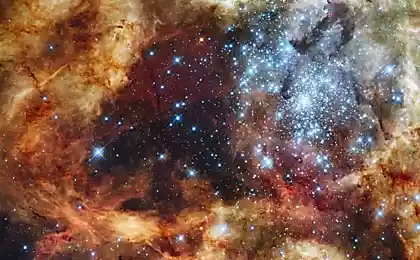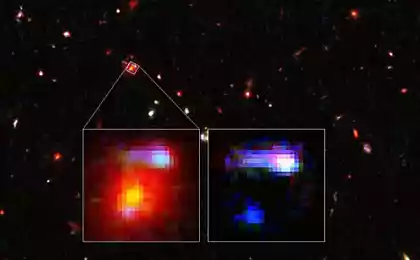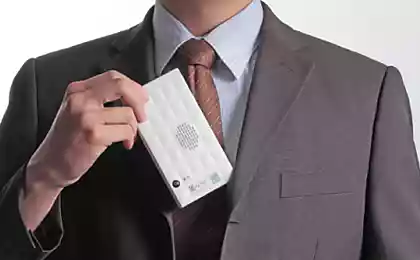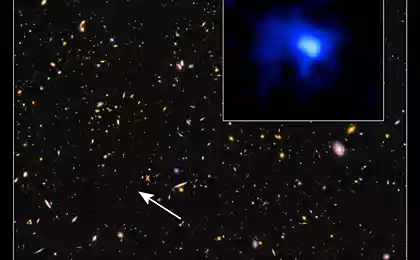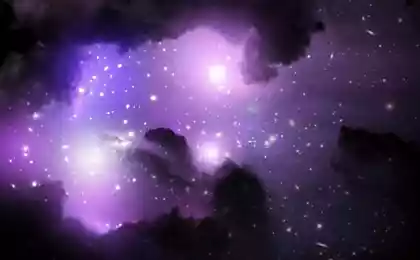1197
WebGL-galaxy from Wikipedia

Something similar to the Eye of Sauron in the screenshot - is the result of rendering in the browser from Wikipedia articles with the construction of the connections between them. Star Clusters - thematically interconnected and zalinkovannye article. This is the idea of the author of the project WikiGalaxy , French student Korneka Owen (Owen Cornec).
By clicking on each star offers related articles and links to other articles. In a separate "Flight" mode (fly-mode) occurs navigation from star to star with each click. In the upper left corner of the screen there is a search bar, if you want to find something. The current beta version WikiGalaxy only contains 100,000 stars, articles, but the student promises to add more in the future.
Made on WebGL, interface runs in Firefox and Chrome, but will slow down on most computers. So, in practice, are not going to use it, although looks very nice.
A few screenshots



Technically, the Count of articles constructed by querying the Wikipedia PHP API Python script and Urliib3.
The resulting graph format .dot identifiers articles and links to the program downloaded data visualization Gephi . Choosing the most lovely shape visualization, author export results into a format GDV with the coordinates of each node, and then converted into a compact JSON-file another Python script.
In parallel, he developed a visualization for the web on Three.js, quite convenient library WebGL. Most of the information displayed dynamically invoke a query to the Wikipedia API.
In the future, Owen Kornek going to port this program in a virtual reality interface Oculus Rift.
Source: geektimes.ru/post/242731/
